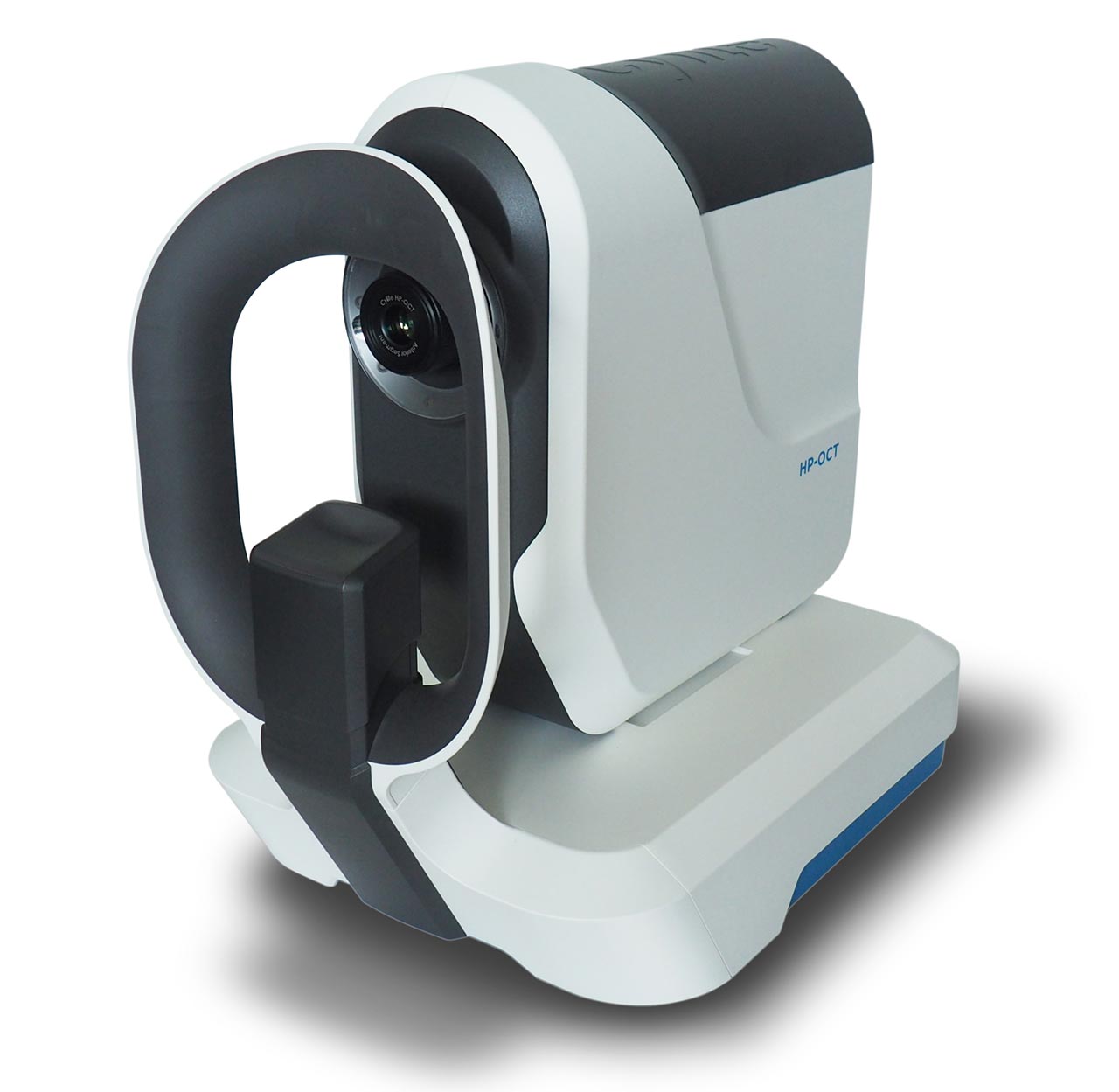Cobalt Design in North Melbourne has taken out the Victorian Premier’s Design Award’s top honour for a revolutionary eye testing machine due to be launched later this year.

Product design, when done well, can change people’s lives the world over.
That’s the case with for the winner of the 2020 Victorian Premier’s Design Award of the Year and also the Best-in-Category award for product design, the Cylite HP-OCT®.
The design – set to enter the global medical diagnostic device market in late-2021 – is a world first.
It’s an imaging device that acquires a 3D volume image of your eye.
The benefit? The 3D volume image enables optometrists, ophthalmologists and researchers to view the layers of your eye in a way they haven’t been able to before.
Jack Magree, Cobalt Design“It enables a high-resolution, single source, multi-measurement ophthalmic evaluation by the clinician,” explains Cobalt Design’s co-founder Jack Magree, who leads a team of over 30 who are behind many products we see every day; like KeepCups, Nylex bins, Yarra Trams handles, MCG seats and the Victoria Police Booze Bus .
The project was commissioned by technology group Cylite in Victoria’s Notting Hill, who developed the machine’s micro optical core and bespoke image processing systems.
In short, the invention solves the following problem.
Current optical coherence tomography (OCT) technology uses a scanning laser to build a picture of the eye. Yet natural eye movement makes it tricky to capture a motion-free image and record accurate measurements, especially at the front of the eye.
By contrast, Cylite’s HP-OCT creates a 3D volume image of the eye by splitting the single laser into over 1000 beams, each taking a simultaneous snapshot image, overcoming the natural eye motion movement. This new technology enables accuracy in measurements for clinicians wanting to diagnose and treat eye conditions.
Such breakthrough technology will put Australia on the map for OCT devices, a market traditionally dominated by Germany, Japan and the United States.
Moreover, the technology addresses a serious, and growing, need.
There are currently 2.2 billion people globally living with vision impairment. And in at least one billion of these cases, vision impairment could have been prevented or has yet to be addressed.
Looking closer to home, about 90 per cent of blindness and vision impairment in Australia is preventable or treatable if detected early.
Winning the award, says Jack, was a mix of “validation, elation and disbelief” for the company he co-founded in 1996 that develops products from early ideas through creative design, engineering, prototyping and production support.
But Jack and his crew never wavered from their vision. “At the outset of this project, I laid out a challenge the team embraced – to develop a world class product design that could be placed alongside major medical tech brands such as Canon, ZEISS, Topcon and NIDEK,” he says. “Maintaining that drive and vision across every decision of the design and engineering journey meant everyone in the team was linked in mindset, passion and motivation.”
Yet no one, Jack included, creates a world-leading design without challenges along the way.
“Designing an interactive medical product that is as non-threatening as possible to users of all shapes and sizes was our biggest challenge,” Jack says. “We overcame this by using shapes, textures and colour to be warm to touch and familiar to the patient. And the head rest was designed to enable the patients and clinician to be able to easily maintain visual and physical contact during the process.”
For Jack, daily inspiration comes from impacting people’s lives for positive change. “This could be as simple as products that make a difficult task easier or as satisfying as improving a person’s health outcomes,” he says. “Observing others interact with a product you’ve played an integral part of developing is a buzz that you never tire of. I think wanting to create things that help others is a fundamentally human desire. At Cobalt, we all have the same focus to create exciting and accountable designs for our clients.”
Jack’s takeaway to budding product designers wanting to make a difference is to think about the types of products you want to develop and what part of the creative process most excites you. “Dream big and have high ideals but always be capable of compromise. And above all, be able to see your product idea through the eyes and hands of the user.”
Originally published on The Victorian Connection. Images courtesy Cobalt Design
Type on the line above then press the Enter/Return key to submit a new search query